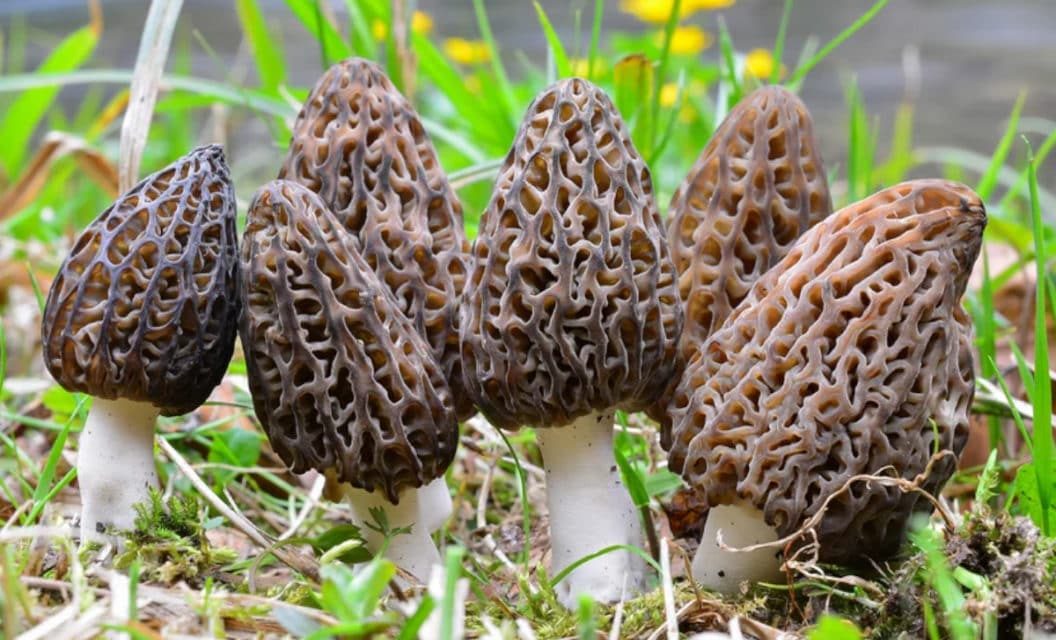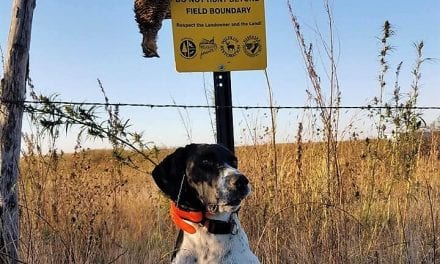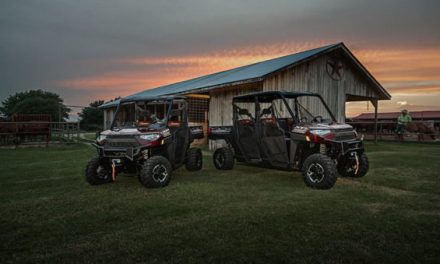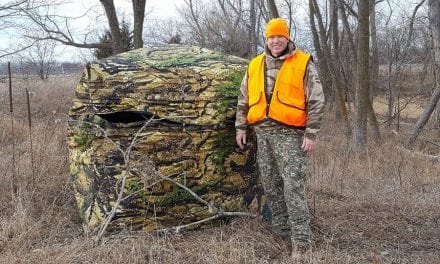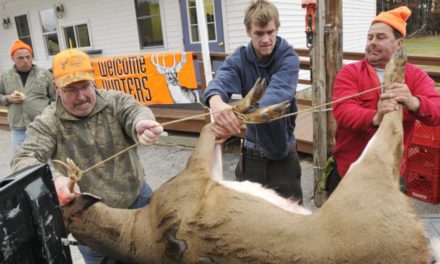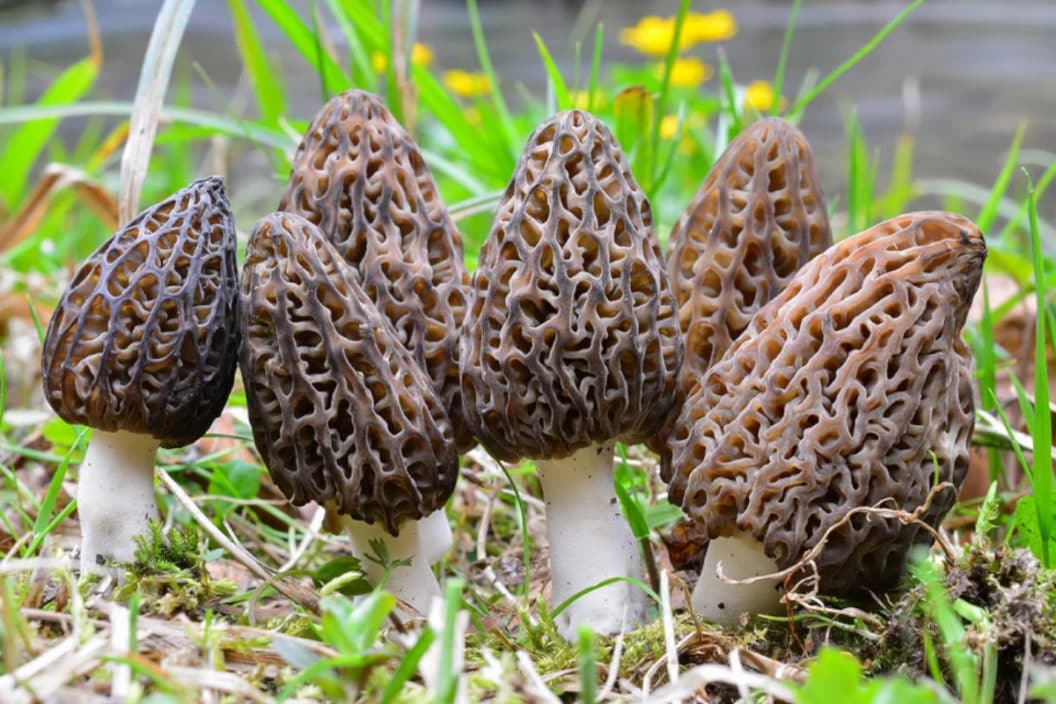
Like to hunt for morels? Here are the top 10 best places to find morel mushrooms. Learn ’em and love ’em!
Morel mushroom season is upon us! Many mushroom hunters are already hitting the woods, while others of us are chomping at the bit, waiting for the outside temperatures to hit the magic range that compels those tasty morsels to burst forth from the earth.
So how can you increase your odds of finding morels, otherwise known as the spongy fungi? Are there places to look for and find morel mushrooms that can help eliminate less productive ground, saving time and boot leather?
Yes, there are indeed a few tried and true kernels of morel hunting location wisdom that can save you a fair amount of walking over unproductive ground. Concentrate on these locations and you could just return home carrying bags of what some have called “Easter eggs for grown-ups.”
1. South-Facing Hillsides
This is especially true in the early part of the morel season, when the earth is starting to rewarm itself after its long winter freeze. You kow, the time of year we all love to get outside!
The sun will significantly warm the southern slopes of hillsides much more quickly than the north side, and these edible mushrooms will appear there first (assuming other conditions are favorable).
Bring a thermometer and check the soil temperature. You can smile and get excited when the thermometer reads between 45 and 50 degrees.
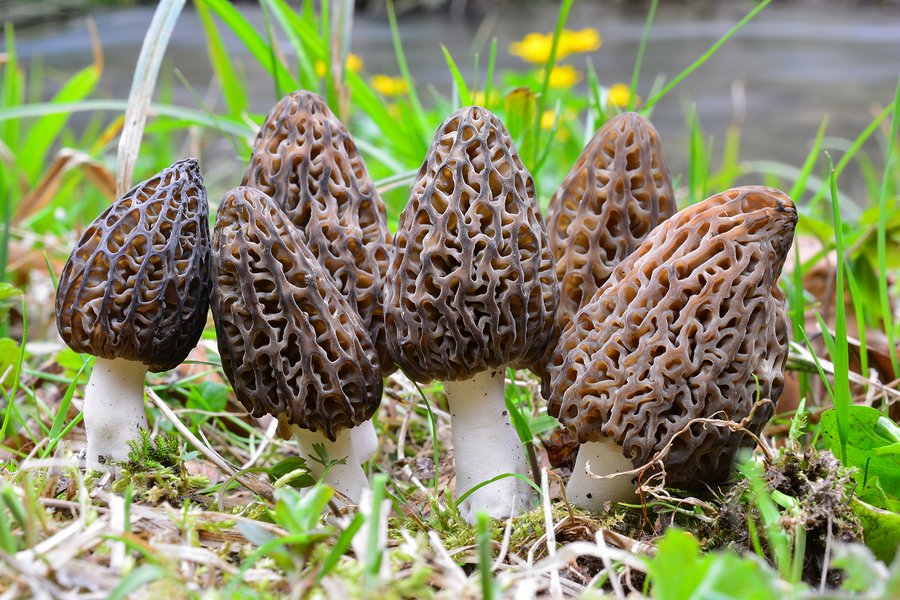
2. Ground Disturbed by Human or Natural Activity
Ground that’s been lightly disturbed by, for example, little more than some vehicles driving over it, or a former temporary stream bed from flooding can trigger morels. I’ve searched the woods to no avail but upon hitting a two-track trail have found the mushrooms littering it as if to say, “What were you looking in the woods for? We’re right here and the walking is easier!”
I have no scientific basis upon which to base this assumption, but I think that dormant spores are activated when the ground gets turned or mixed a little.
3. Logging Areas
Places with plenty of downed trees are prime spots. The sun’s warmth is able to get to the ground unimpeded by a canopy, and there’s something about dying trees – a symbiotic relationship they have with the mushrooms – that tends to attract morels.
These areas can be a real wild mushroom hunting bonanza when they’ve had a couple years to lightly recover and some new growth has started.
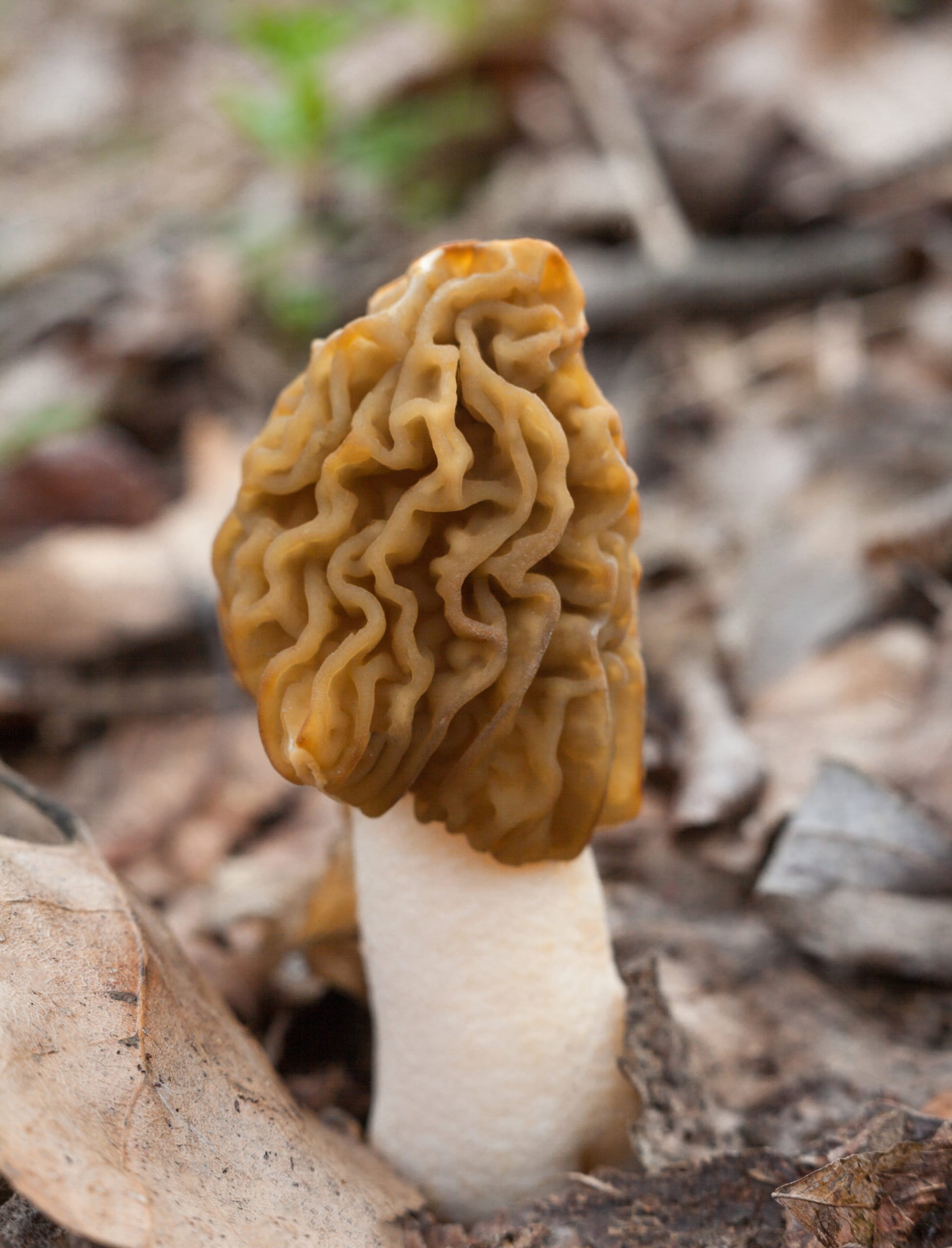
4. Burn Sites
Places where forest fires have had their way are on everyone’s hit list, especially professional morel hunters. These areas are similar to logged locations in that they require a year or two to become prime. There is even a map that charts the forest fires on the continent and is followed very closely by morel hunters: it’s the Global Incident Map, and it can tell you what places in your area have suffered (or been blessed) from a burn.
Bring extra bags when hunting such spots, unless someone else has gotten there before you.
5. Loamy Soil
The kind of soil that morels seem to prefer is rich in organic matter, with a nice mix of sand and clay. Good potting soil, you might say. Soils that are rich in calcium or lime are also conducive to good morel growth.
You could take a soil sample from an area and have it analyzed or test it yourself (soil testing kits are easily available). This will give you an idea if the area you’re searching is worth your time, or if it’s worth sticking with it from year to year.
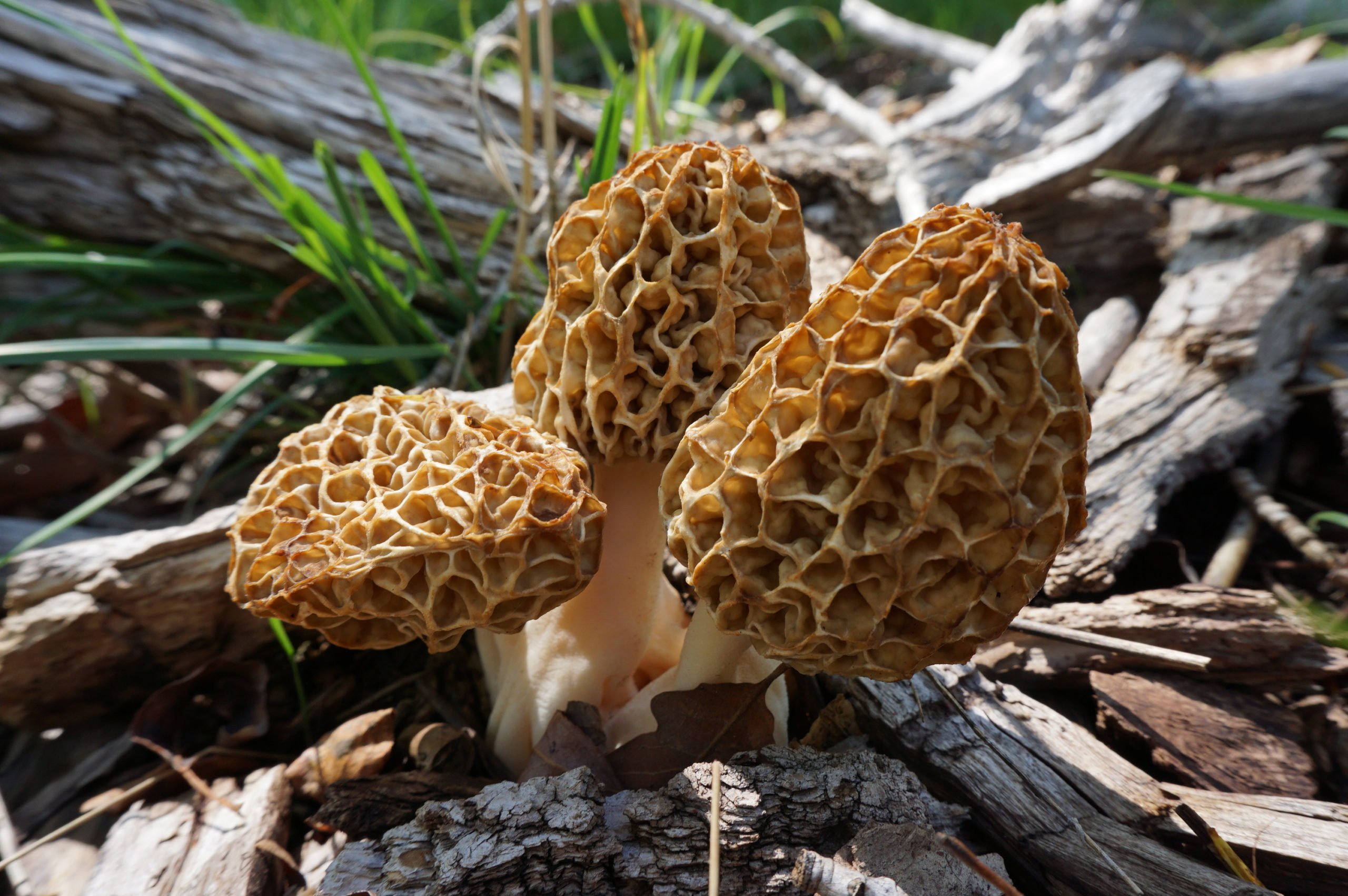
6. Old Apple Orchards
There’s an old former hospital orchard near where I live. Although the trees are old they still produce apples (it also includes a couple of pear trees). Part of this old orchard is mown regularly and is nicely kept up. The other half of it is ignored and overgrown. I always make sure to look for morels in the part that has reverted to a wilder state.
I’ve been told that morels also are fond of areas where cider presses once operated. Must be something in the apples that attracts them.
7. Streams and Creeks
Streams and creeks almost guarantee that their banks will have decent moisture and soil content. If I’m trekking through the woods and come across a creek, I will invariably follow it, carefully scanning the earth for yards on either side. I’ve found a lot of morels in such areas.
Areas adjacent to swamps are also good for hunting morel mushrooms. One of my go-to places has some low areas that are swampy even in the driest weather. I always seem to find at least a few morels on the slightly higher ground directly adjacent to the swamps, and on normal wet years they can be tremendous producers.
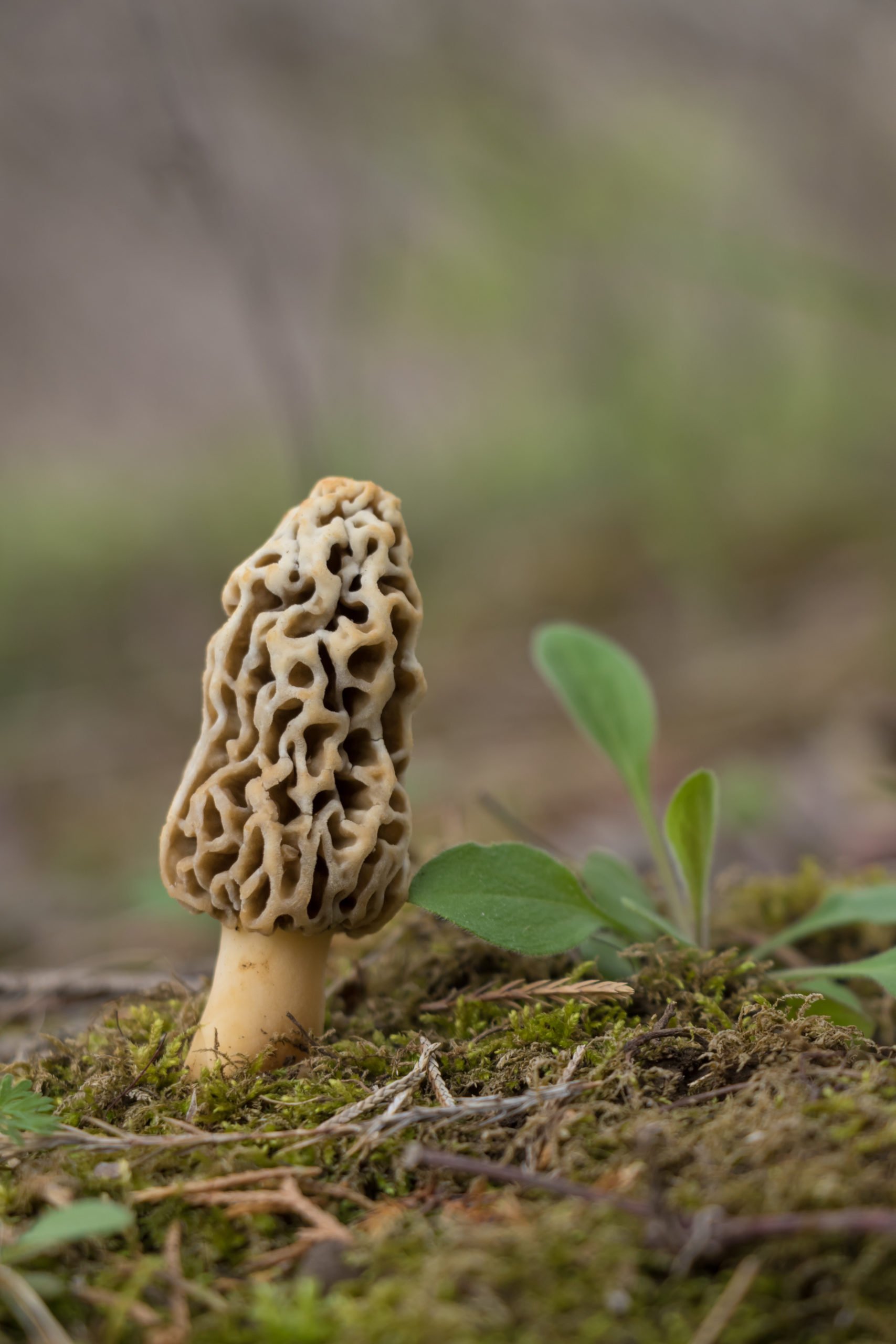
8. Dying Trees
Experienced morel hunters declare that once a dying tree has lost its bark it will no longer be conducive to producing morels around it. I’ve found this to be true most of the time, depending on how much bark is lost. It is thought that as the tree dies it releases its sugars back into the earth, and its roots are also still a water magnet. This combination attracts morels.
Of course some trees are better attractors than others, which brings us to the next item on the list.
9. Elm, Oak, Ash, and Poplar Trees
Elm and ash are the two trees most commonly associated with morel mushrooms. There is a definite symbiotic relationship between these trees and morels, and when you come across either of them – or oak, poplar, black locust trees – spend a little more time and look a little more studiously.
With the onslaught of the emerald ash borer we will likely be seeing the death of more ash trees, which is bad for the trees but good for morels, at least temporarily.
To be a good morel hunter you’ve got to become adept at identifying trees. It’s a skill that is easy to learn and will do you good in any number of ways.
If you’re in an area full of oak trees, make a note to return in the early autumn to check for hen of the woods or maitake mushrooms.
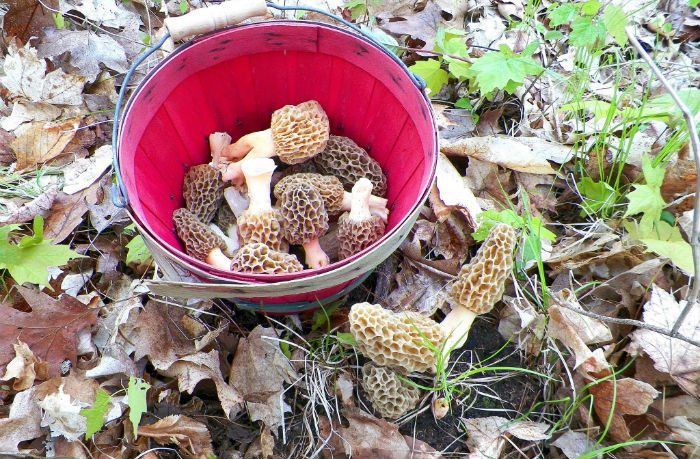
10. In the Pines
I’m not sure if this goes against the grain of what I just said about certain deciduous trees or not, but I have had pretty good luck around pine trees as well, particularly white pine trees, especially those that are interspersed among oaks and other hardwoods. Stands of mature pines have produced fairly consistently for me, particularly if they line a trail or road, which they often do (see disturbed ground above).
One time my father and I were hunting morels in the woods all morning and we didn’t find a single one. Upon returning to our cottage, in our pea-gravel driveway I suddenly spied several morels directly under the pines that lined the track. We were flabbergasted and laughed about our fortune.
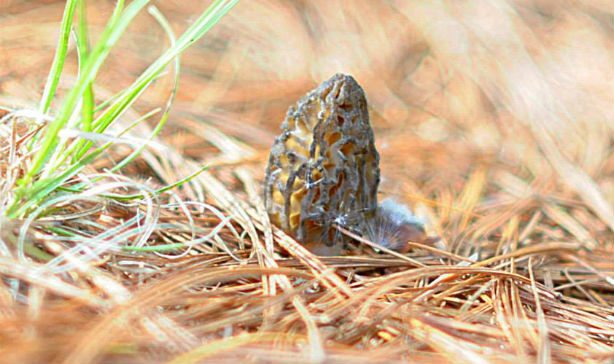
Yes, morel mushrooms do have their preferences, and there are definite locations that are more conducive to finding them than others. But remember, morels are where you find them. They will occasionally defy expectations and you may find them in the most unexpected and unusual places.
Put on your morel spectacles and train your eyes to spot the elusive delectable gems of the forest. Concentrate on these reliable places to find morel mushrooms, but keep your eyes trained and focused at all times.
Like what you see here? You can read more great articles by David Smith at his Facebook page, Stumpjack Outdoors.
READ MORE: HOW TO SPOT A MOREL MUSHROOM (AND THEIR FAKE LOOKALIKES)
The post 10 Best Places to Find Morel Mushrooms appeared first on Wide Open Spaces.

